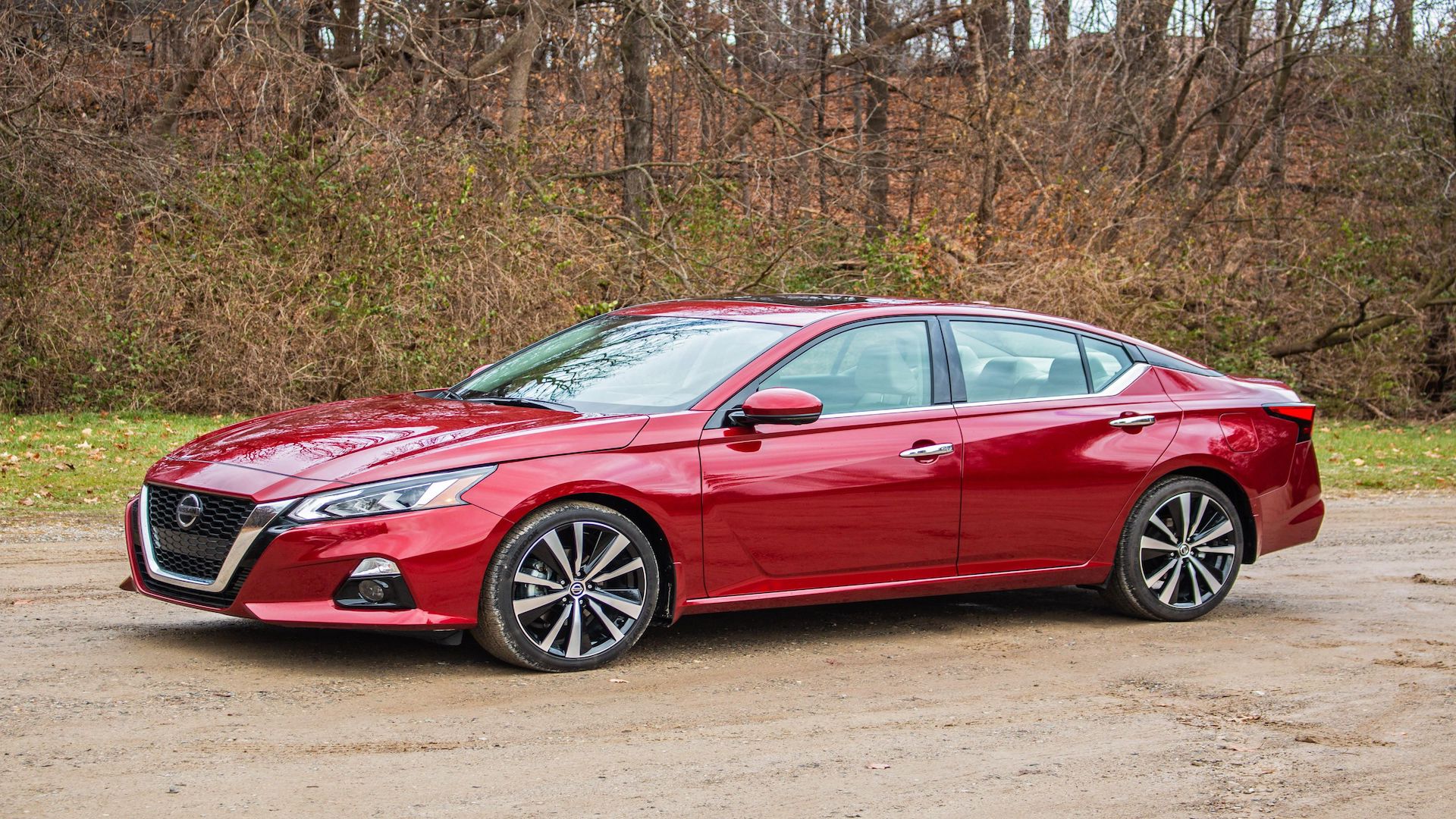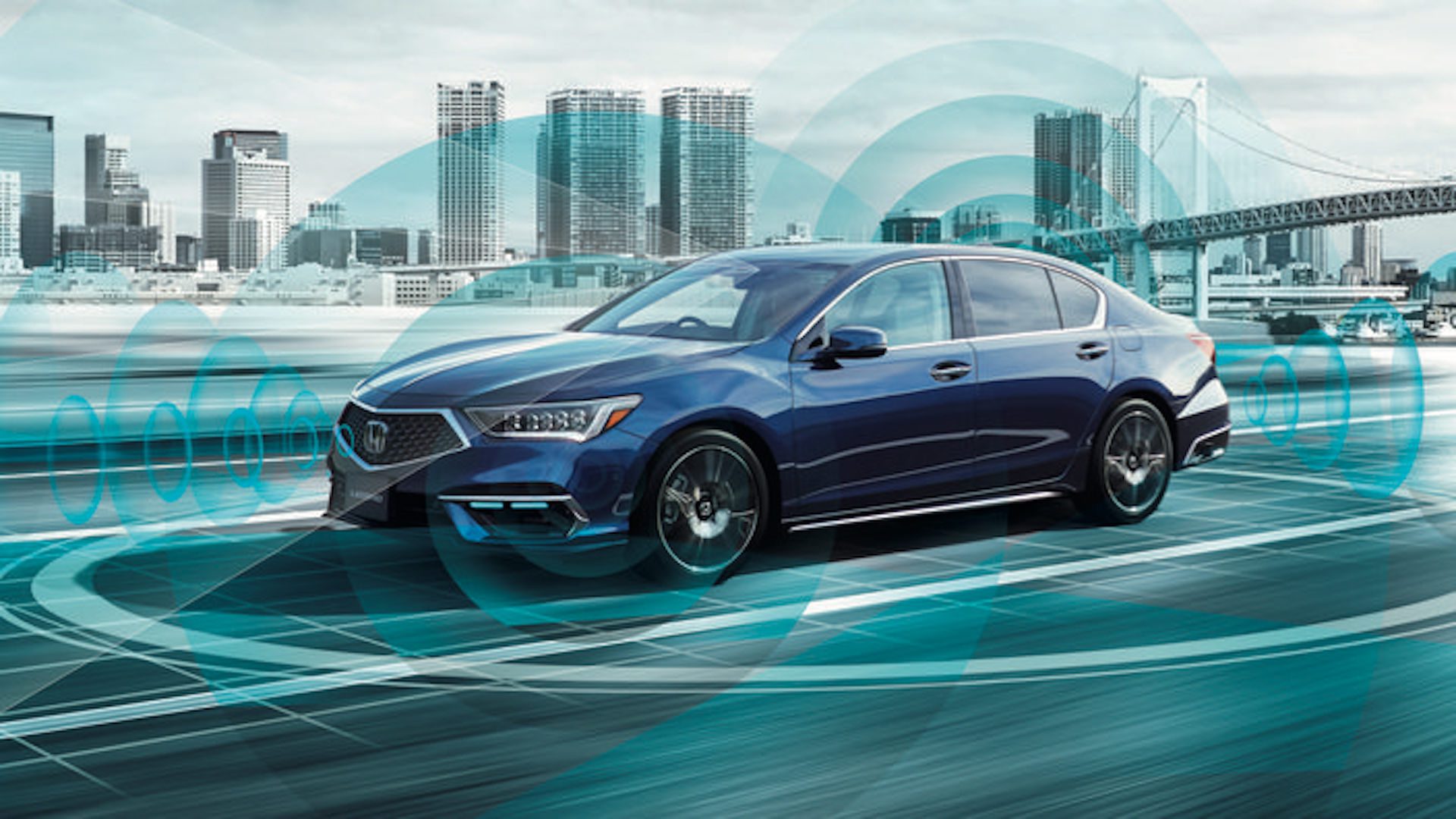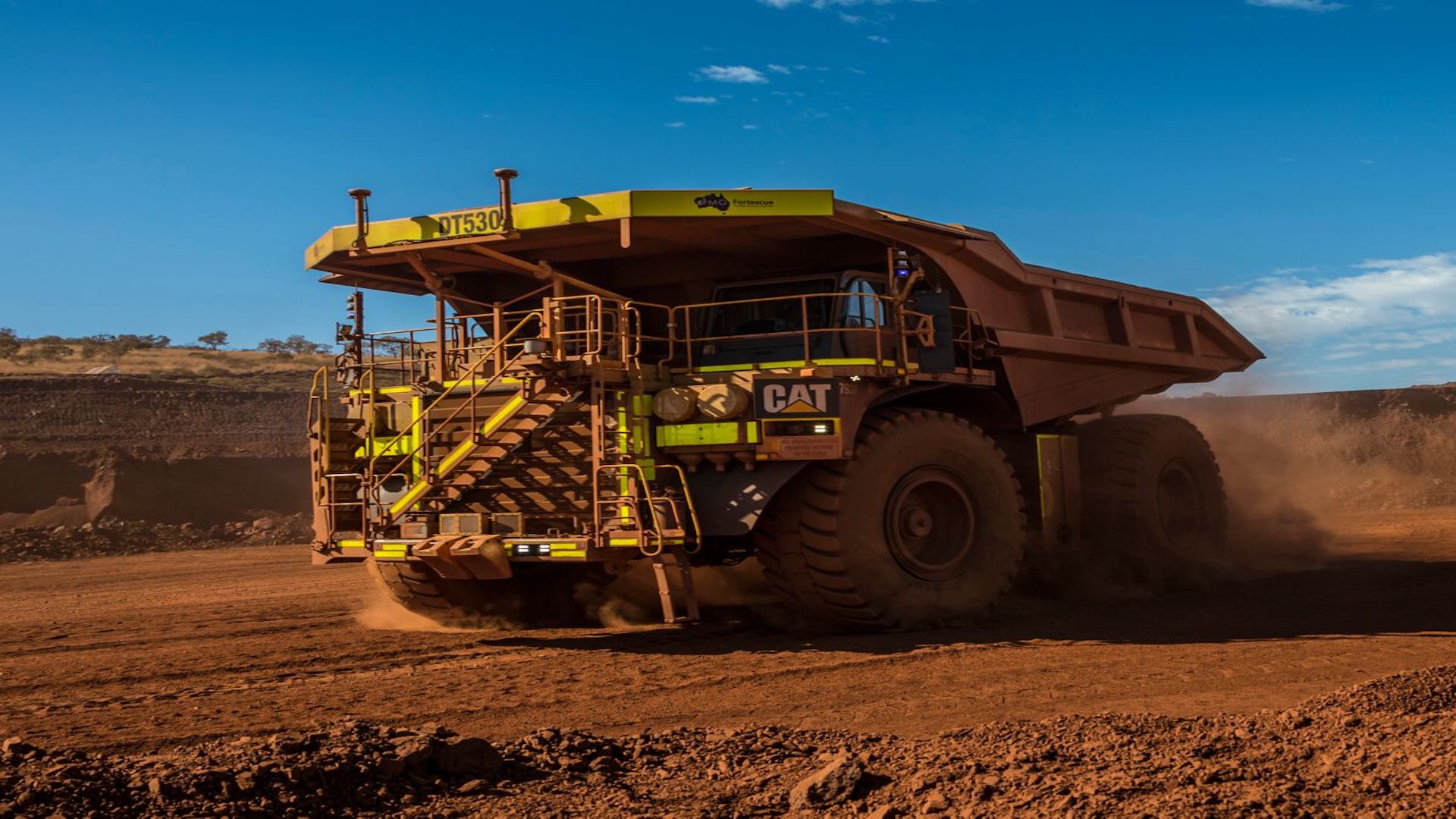By 2025, there will be approximately 8 million autonomous or semi-autonomous vehicles on the road. Autonomous vehicles have a long history of development, and they still have a long way to go before full autonomy is achieved. These vehicles fall into one of the six levels of autonomy as defined by SAE International (formerly known as the Society of Automotive Engineers) and the National Highway Traffic Safety Administration.

Photo Credit: Toyota
Level 0: No Autonomy
This is the baseline level where the driver performs all driving tasks, found in typical commercial vehicles. This level includes driver support features that provide warnings and momentary assistance such as automatic emergency braking, blind-spot warning, or lane departure warning. These features are still considered Level 0 because they do not drive the vehicle; they simply offer alerts or momentary actions.

Level 1: Driver Assistance
In Level 1, a vehicle has at least one driver support system that provides either steering assistance or braking and acceleration assistance. The driver is still responsible for the vehicle and must be prepared to take control at any time.
Adaptive cruise control is a good example of Level 1 autonomy because it maintains a safe distance between your vehicle and the one in front of you without any intervention from the driver. A steering assistance feature like lane-centering assistance is also a feature of Level 1. However, a vehicle with both of these features working together qualifies as Level 2 automation.

Photo Credit: Transport Topics
Level 2: Partial Driving Automation
Level 2 cars have internal systems that can steer, accelerate, and brake. However, the driver must have their hands on the wheel and be able to intervene if any part of the system fails. Driving assistance programs like Tesla’s autopilot and Nissan’s ProPilot are considered Level 2 because the systems automatically keep you in your lane on the road while keeping you at a safe distance from the car in front of you.

Photo Credit: Honda
Level 3: Conditional Driving Automation
In the next 3 levels, a human is not driving when the features are engaged. These levels are not yet legal for use on American roads. Level 3 uses driver assistance systems and artificial intelligence to make decisions based on changing driving situations around the vehicle. The “driver” in the vehicle can engage in other activities while in the vehicle such as using their phone or watching TV, but someone must be present to be able to take control of the vehicle at any time if need be. In other words, taking a quick nap behind the wheel is not an option in Level 3.
Honda became the first automaker in the world to sell an approved Level 3 traffic jam assistance system to consumers in its Legend Hybrid EX car, sold in early 2021 in low quantities in Japan. Other vehicles such as the 2021 Mercedes-Benz S-Class are equipped with Level 3 driving automation but have not yet received regulatory approval.

Photo Credit: Caterpillar
Level 4: High Driving Automation
Level 4 autonomy does not require any human interaction in the vehicle’s operation because it is programmed to stop itself if the system fails. Because of this, these vehicles don’t need a steering wheel and pedals. There are still some restrictions in this level because full self-driving mode can only be activated in certain areas that are geofenced. This level can not determine between more dynamic driving situations like traffic jams or a merge onto a highway.
Level 4 is currently used in many industries for a variety of uses. For example, Waymo’s new taxi service uses autonomous cars to drive passengers around with no driver. The 2020 Tokyo Olympics used autonomous e-Palette busses that transported athletes to their events that are classified as a level 4 vehicle. Lastly, this level is integrated into many mining trucks such as in Caterpillar’s trucks. These trucks work autonomously 24/7 which increases the mines’ productivity, safety, and sustainability.

Photo Credit: Volvo
Level 5: Complete Automation
The last level of autonomy is Level 5 which requires no human attention and no need for pedals, brakes, or steering wheels. This level eliminates the need for human-machine operators. A system directs the machines to tell them where to go and what to do, but their onboard intelligence system decides on their own how to do the assigned task. While some are undergoing testing and planning such as Volvo’s 360c concept, there are currently no Level 5 vehicles available.
To watch autonomous mining trucks in action, stream Tomorrow World Today’s “Empty Driver’s Seat” on SCIGo and Discovery GO NOW!







